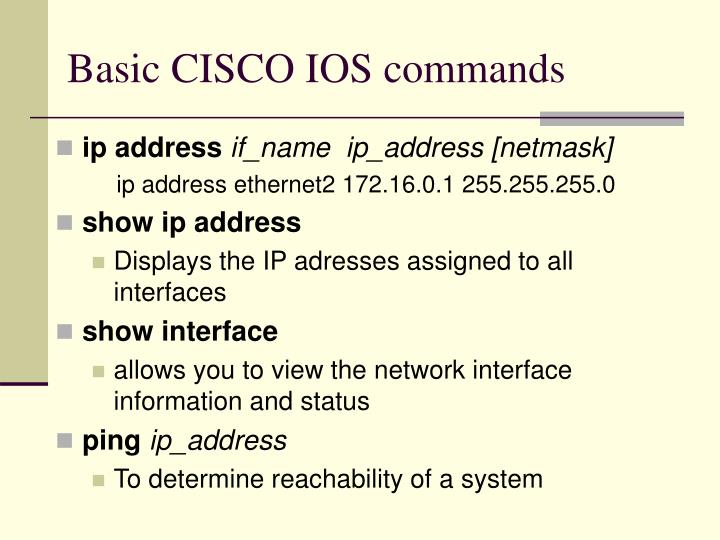

The Update Timestamp is the date and time of the last increment of the configuration revision. The Updater Identity is the IP address of the switch that is the last to have incremented the configuration revision. The Followers field indicates that this packet is followed by a Subset Advertisement packet. This list clarifies what the fields means in the summary advertisement packet: If it is lower, an advertisement request is sent. If its own configuration revision is higher or equal, the packet is ignored. If the name is the same, the switch then compares the configuration revision to its own revision. If the name is different, the switch simply ignores the packet. When the switch receives a summary advertisement packet, the switch compares the VTP domain name to its own VTP domain name. Summary advertisements inform adjacent Catalysts of the current VTP domain name and the configuration revision number. Summary Advertisementsīy default, Catalyst switches issue summary advertisements in five-minute increments. In order to reset the configuration revision of a switch, change the VTP domain name, and then change the name back to the original name. Each time that you make a VLAN change in a VTP device, the configuration revision is incremented by one. This information is used in order to determine whether the received information is more recent than the current version. Most of the VTP packets contain the VTP configuration revision number of the sender.

Each VTP device tracks the VTP configuration revision number that is assigned to it. The configuration revision number is a 32-bit number that indicates the level of revision for a VTP packet. But all VTP packets contain these fields in the header: The format of the VTP header can vary, based on the type of VTP message. In that case, the ISL header and cyclic redundancy check (CRC) is replaced by dot1q tagging. Of course, you can have a VTP packet inside 802.1Q frames. This is the format of a VTP packet that is encapsulated in ISL frames:
#CISCO IOS CODE#
These packets are sent to the destination MAC address 01-00-0C-CC-CC-CC with a logical link control (LLC) code of Subnetwork Access Protocol (SNAP) (AAAA) and a type of 2003 (in the SNAP header). VTP packets are sent in either Inter-Switch Link (ISL) frames or in IEEE 802.1Q (dot1q) frames. Refer to one of these sections of VLAN Trunking Protocol (VTP) for more information: Make certain that you understand the differences between VTP Version 3 and earlier versions before you alter your network configuration. VTP Version 3 differs from VTP Version 1 (V1) and Version 2 (V2), and it incorporates many changes from these versions. Note: This document does not cover VTP Version 3.
#CISCO IOS SERIES#
VTP is a Cisco-proprietary protocol that is available on most of the Cisco Catalyst series products. This reduces the need to configure the same VLAN everywhere. When you configure a new VLAN on one VTP server, the VLAN is distributed through all switches in the domain. VLAN Trunk Protocol (VTP) reduces administration in a switched network. Refer to Cisco Technical Tips Conventions for more information on document conventions. If your network is live, ensure that you understand the potential impact of any command. All of the devices used in this document started with a cleared (default) configuration. The information in this document was created from the devices in a specific lab environment.
#CISCO IOS SOFTWARE#
This document is not restricted to specific software or hardware versions.

There are no specific requirements for this document.
#CISCO IOS HOW TO#
Turn on Networking & Wireless (or Wi-Fi Networking).This document describes how to configure a new VLAN on one VTP server and distribute it through all switches on the domain.Scroll to the bottom of the list, then tap System Services.Go to Settings > Privacy & Security (or Privacy) > Location Services.Select Networking & Wireless (or Wi-Fi Networking), then click Done.In the Privacy tab, select Location Services, then select Enable Location Services.Click the lock in the corner of the window, then enter your administrator password.Choose Apple menu > System Preferences, then click Security & Privacy.On your Mac with macOS Monterey or earlier Turn on "Networking and wireless", then click Done.Scroll to the bottom of the list of apps and services, then click the Details button next to System Services.Choose Apple menu > System Settings, then click Privacy & Security in the sidebar.Location Services helps to ensure your device can reliably see and connect to nearby devices, and that it performs well when using Wi-Fi or features that rely on Wi-Fi, such as AirPlay or AirDrop. Make sure your device has Location Services turned on for Wi-Fi networking, because regulations in each country or region define the Wi-Fi channels and wireless signal strength allowed there.


 0 kommentar(er)
0 kommentar(er)
